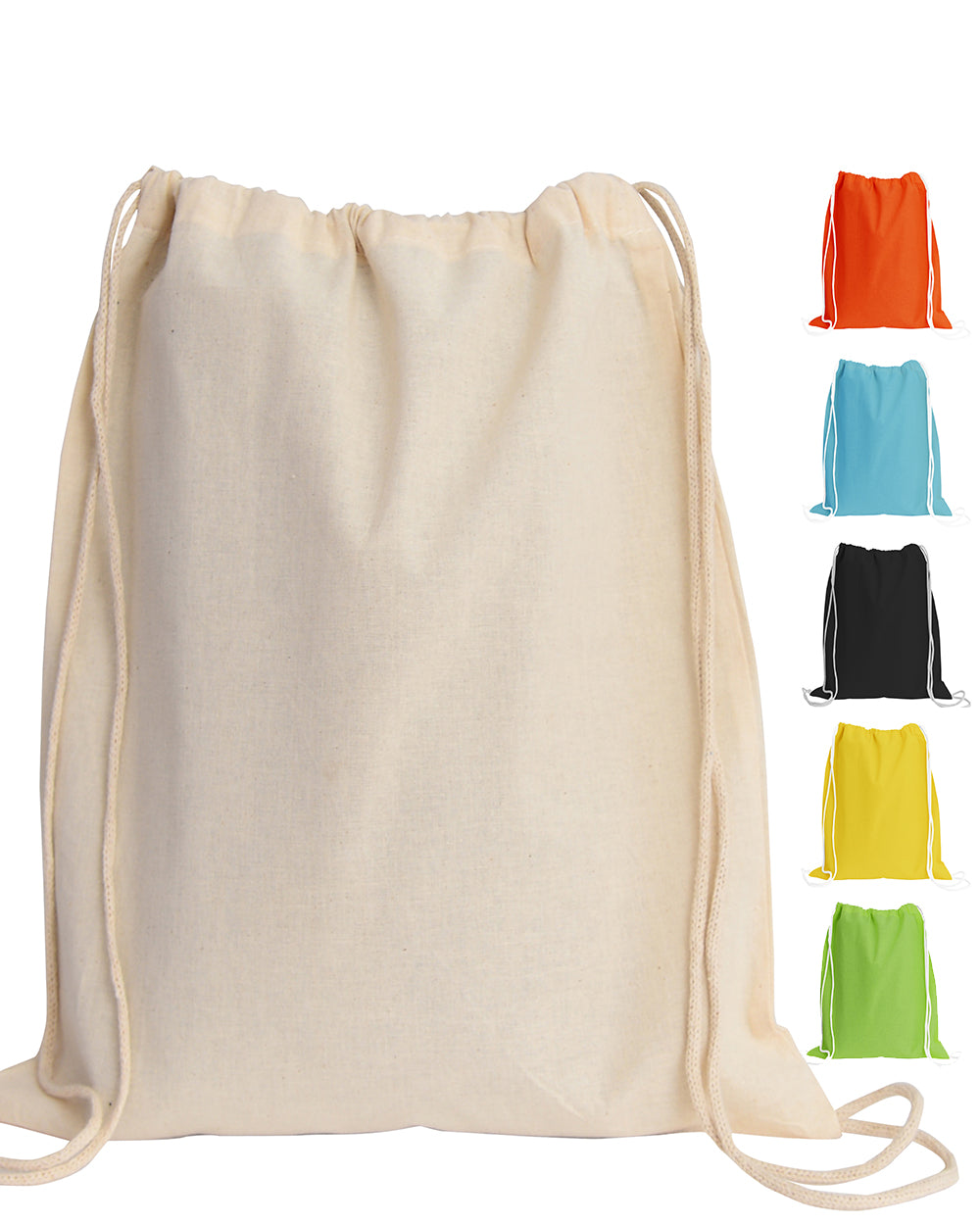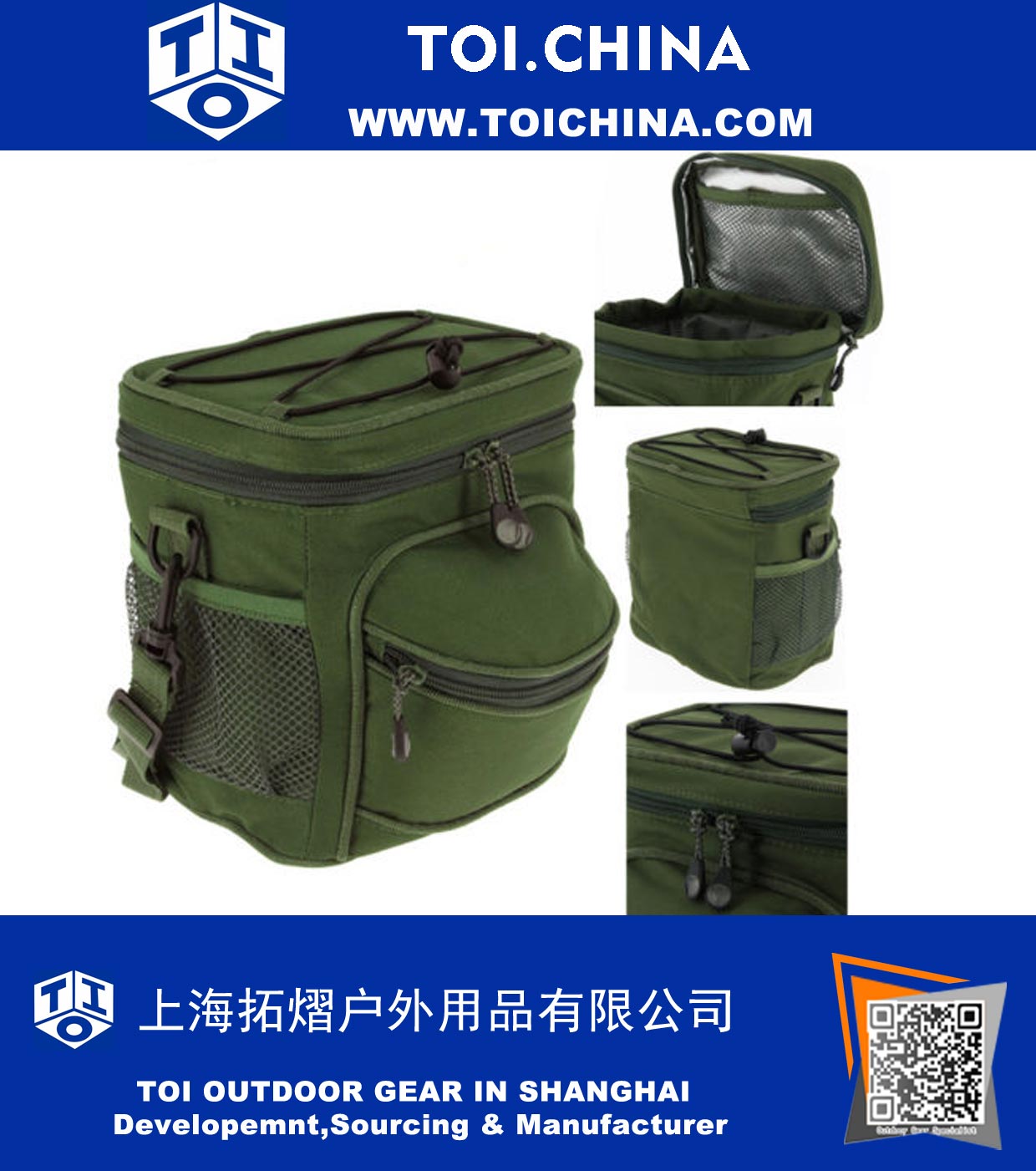Togo leather is a prized, scratch-resistant calfskin from a specific tannery, famed for its soft pebbled grain and use in luxury handbags. Its reputation in the world of high fashion is legendary, often spoken of in hushed, reverent tones. But what truly lies behind its coveted status? As artisans who live and breathe premium materials, we understand that the real value of leather goes far beyond a brand name. It is about the feel, the performance, and the story it tells over time. This is an honest look at the qualities that make Togo leather a titan in the luxury space.
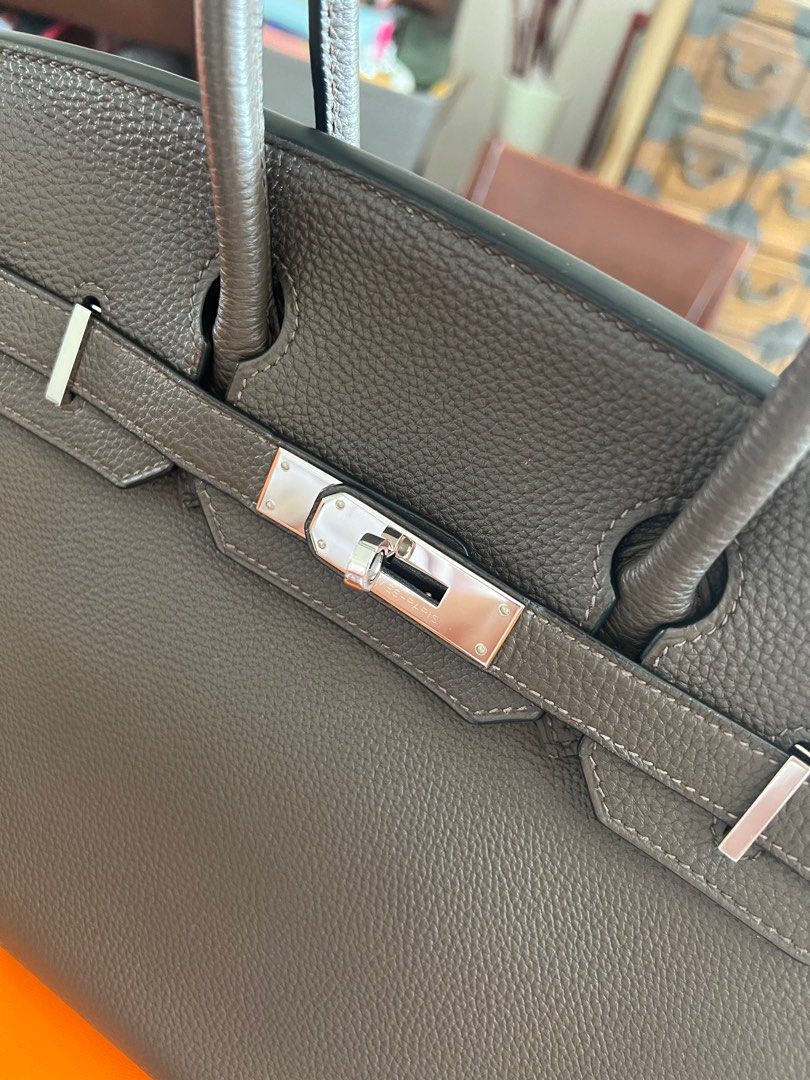
Table of Contents
- What Exactly Is Togo Leather?
- What Are the Defining Characteristics of Togo Leather?
- How Does Togo Compare to Other Luxury Leathers?
- Why Is Togo Leather So Highly Valued?
- What Is the Proper Way to Care for Togo Leather Goods?
- Is Togo Leather the Right Choice for You?
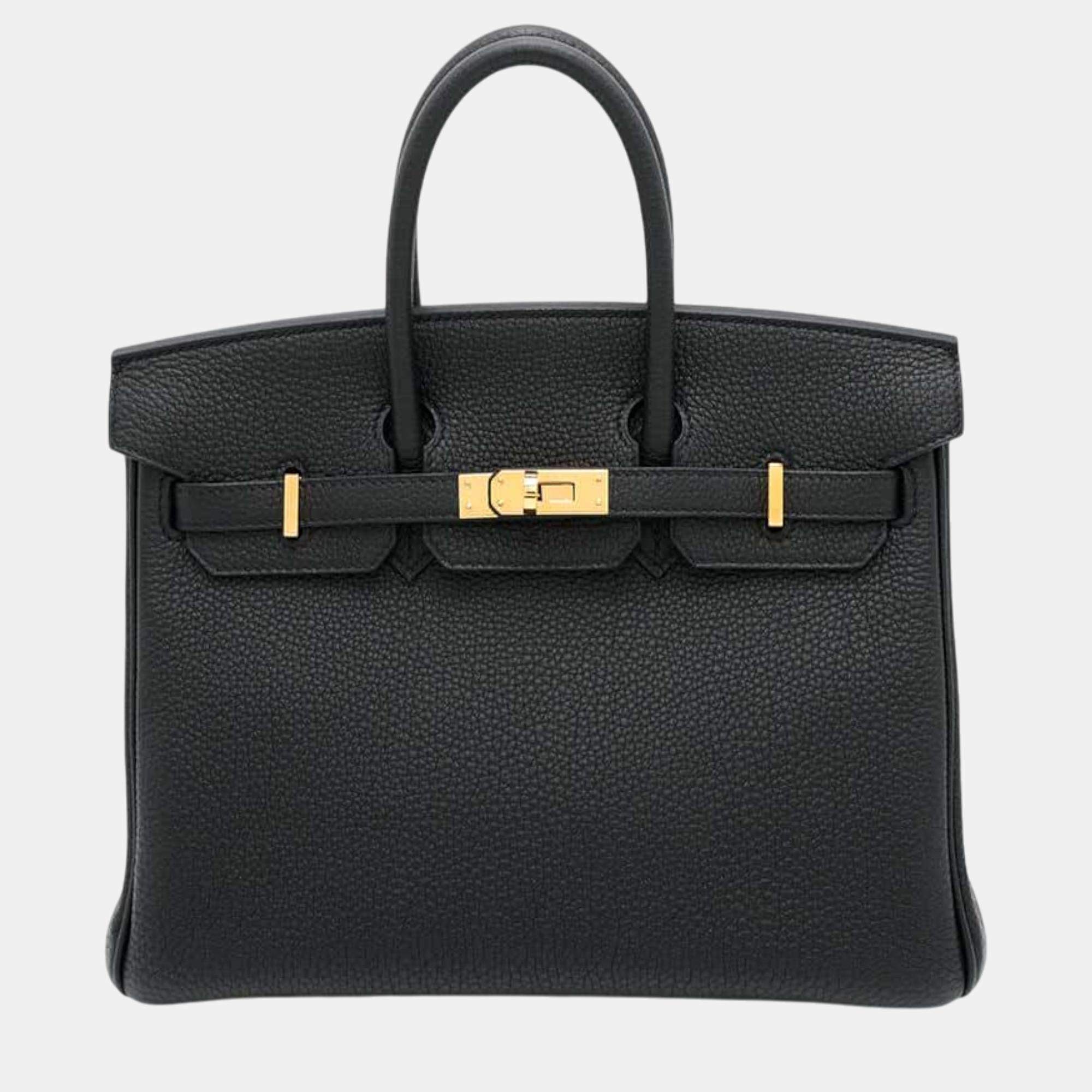
What Exactly Is Togo Leather?
Togo is a type of processed calfskin, celebrated for a balance of softness and durability that few other materials can achieve. The name itself does not refer to a country but is a designation from the tannery that perfected its unique finish. It is sourced from a female calf, or “veau,” which contributes to its finer grain and suppleness compared to leather from adult animals. Its identity is inextricably linked with the French luxury house Hermès, which introduced it in 1997 and propelled it to international fame.
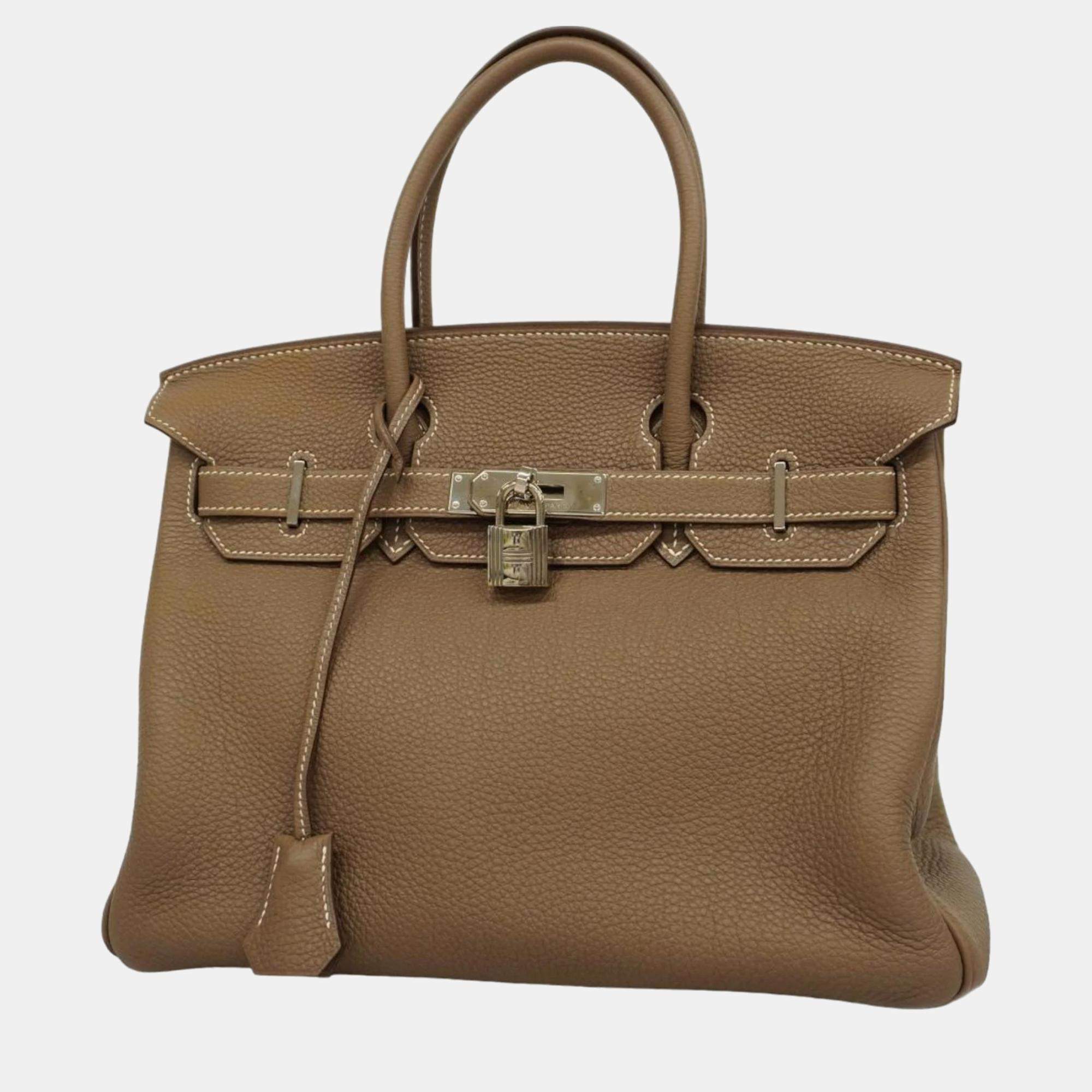
The magic of Togo lies in its finish. Through an intensive drumming process, the hide develops a distinctive pebbled texture. This process tightens the skin’s fibers, which not only creates its signature look but also significantly enhances its resistance to scratches and scuffs. Unlike leathers that are artificially stamped with a grain, Togo’s texture is a natural result of this meticulous treatment, meaning each piece possesses a slightly unique character.
The Origins and Prestige of a Coveted Calfskin
To understand Togo, one must understand its context. It entered the luxury market as a lightweight and resilient alternative to more delicate or heavier leathers. Its adoption by Hermès for some of their most iconic bags, including the Birkin and Kelly, cemented its status as a top-tier material. This association means that Togo is held to an incredibly high standard of quality control. Only the most flawless hides are selected, ensuring a consistent and beautiful product that lives up to its prestigious reputation.
Unpacking the Tanning Process
The creation of Togo leather is an art form. After the initial selection, the calfskin undergoes a complex vegetable or combination tanning process. The most crucial step is the milling or “drumming,” where the leather is tumbled in a large drum for many hours. This agitation causes the natural grain to rise to the surface, creating the famous pebbled effect. This is not a process that can be rushed; it requires precise control over time, humidity, and motion to achieve the desired softness and texture without weakening the hide’s structure.
What Are the Defining Characteristics of Togo Leather?
A true luxury material is defined by its sensory details and performance over time. Togo leather excels in several key areas, making it instantly recognizable to a discerning eye and hand. These attributes work in harmony to create a material that is both beautiful and exceptionally practical for everyday items.
Its most prominent feature is the texture. The grain is a round, raised pebble that is soft to the touch, not sharp or pointy. It has a very natural appearance, often displaying faint vertical veins or lines running through the hide, which is a hallmark of its authenticity. This texture gives the leather a matte-to-low-sheen finish, offering a sophisticated and understated elegance. It does not reflect light harshly, instead absorbing it for a rich, deep appearance.
In terms of feel and flexibility, Togo is remarkably supple. It has a soft, yielding quality that makes it a pleasure to handle. Despite this softness, it possesses excellent structural integrity. For handbags, this means it holds its shape well when new but can develop a more relaxed slouch over time, particularly in larger bags—a quality cherished by many enthusiasts as a sign of a well-loved item. It is also relatively lightweight for a durable leather, adding to its appeal for accessories meant to be carried daily.
Perhaps its most valued characteristic is its durability. The raised grain and tight fiber structure make Togo exceptionally resistant to scratching. Minor scuffs often blend into the texture, and even more significant marks can frequently be buffed out by a professional. This resilience makes it a workhorse material, capable of withstanding the rigors of daily use while maintaining its beauty for decades.
How Does Togo Compare to Other Luxury Leathers?
Choosing a leather often involves comparing its qualities against other popular options. Togo is frequently compared to Clemence and Epsom, two other mainstays in the luxury leather world. Understanding their differences is key to appreciating what makes each material special.
| Feature | Togo | Epsom | Clemence |
|---|---|---|---|
| Source | Calfskin | Calfskin (Embossed) | Baby Bull |
| Grain | Soft, round, natural pebble with veining | Rigid, cross-hatch, stamped pattern | Flatter, wider, matte grain |
| Feel | Soft and supple | Dry and stiff | Heavier and softer |
| Structure | Holds shape well, can soften over time | Very rigid and structured | Tends to slouch more readily |
| Scratch Resistance | Excellent | Excellent | Good |
| Water Resistance | Moderate; wipe spills immediately | High; water beads on surface | Low; susceptible to water spots |
Togo vs. Clemence: The Sibling Rivalry
Clemence, sourced from baby bull, is often mistaken for Togo by the untrained eye. However, its grain is flatter, more matte, and less uniform than Togo’s defined pebbles. Clemence is heavier and has a softer, more pliable feel, causing it to slouch more significantly and sooner. While both are durable, Togo’s tighter grain pattern gives it a slight edge in scratch resistance. Clemence is also more sensitive to water, which can cause blistering if not addressed quickly.
Togo vs. Epsom: A Matter of Structure
Epsom is the polar opposite of Togo in terms of feel and appearance. It is not a natural grain; rather, it is a heat-pressed pattern on calfskin. This process makes Epsom rigid, lightweight, and highly structured, ensuring an item will never lose its shape. Its embossed surface is also highly resistant to scratches and water. The trade-off is a complete lack of the soft, natural feel of Togo. The choice between them comes down to a preference for organic suppleness versus engineered structure.
Why Is Togo Leather So Highly Valued?
The immense value of Togo leather stems from a perfect trifecta of brand prestige, exceptional performance, and artisanal appeal. Its long-standing use by one of the world’s most exclusive luxury brands provides an unparalleled level of validation. When a brand known for uncompromising quality selects a material for its flagship products, it instantly elevates that material to a legendary status.
Beyond branding, Togo’s value is rooted in its perfectly balanced properties. It occupies a “sweet spot” for many users: it is more scratch-resistant than smooth leathers, more natural-looking than embossed ones, and more structured than extremely soft hides like Clemence. This blend of beauty, durability, and a pleasant tactile feel makes it an ideal all-around choice for a luxury item intended for regular use. It delivers the premium experience without demanding excessive caution.
From a craftsman’s perspective, high-quality Togo is a joy to work with. Its consistent thickness and tensile strength allow for clean cuts and precise stitching, which are essential for creating the fine details expected in luxury goods. Its ability to beautifully absorb dye results in rich, saturated colors that last. This workability allows artisans to transform the raw material into a finished product that is not just an accessory, but a piece of functional art.
What Is the Proper Way to Care for Togo Leather Goods?
Proper care is essential to preserving the beauty and longevity of any premium leather item. Fortunately, Togo’s inherent durability makes its maintenance relatively straightforward. Following a few simple principles will ensure your Togo leather goods remain in excellent condition for years to come.
Daily Handling and Storage
When not in use, store your Togo leather item in its dust bag in a cool, dry place away from direct sunlight, which can cause fading over time. To help maintain its shape, stuff the item with acid-free tissue paper or a purse pillow. Avoid overfilling your bag, as this can strain the seams and permanently stretch the leather. Be mindful of contact with dark, unwashed denim, as color transfer can occur.
Cleaning Spills and Marks
For minor spills, immediately blot the area with a clean, dry, absorbent cloth. Do not rub, as this can spread the stain and abrade the surface. Togo has some water resistance, but liquids should never be left to sit. For dirt or minor smudges, a slightly damp cloth can be used, followed by air drying away from heat. Avoid using harsh chemical cleaners, alcohol, or saddle soap, as these can strip the leather’s natural oils and damage its finish.
Long-Term Maintenance and Conditioning
Togo leather generally does not require frequent conditioning, as it is well-oiled during the tanning process. Over-conditioning can darken the color and make the leather feel greasy. If, after many years, the leather appears exceptionally dry, a very small amount of a high-quality leather conditioner designed for fine leathers can be applied with a soft cloth. For any significant stains, scratches, or structural repairs, it is always best to consult a professional leather care specialist.
Is Togo Leather the Right Choice for You?
Deciding on the perfect leather is a personal journey. Togo is an exceptional choice for individuals who seek a harmonious blend of luxury and practicality. If you desire a material with a soft, natural feel that can withstand daily use without constant worry, Togo is arguably one of the best options available. Its ability to resist scratches and age gracefully makes it a reliable companion for everything from a commuter tote to a cherished evening bag.
However, if your preference leans toward a highly rigid, unyielding structure or a completely smooth, glossy finish, you might find other leathers like Epsom or Box Calf more suitable. Those who love a very relaxed, slouchy aesthetic from the beginning might prefer the heavier drape of Clemence. The beauty of the leather world is in its variety, with a perfect material for every taste and lifestyle.
At Beld Turan Leather, we believe the soul of a product lies in its materials. Our philosophy is built on sourcing and crafting with only the finest full-grain leathers, each chosen for its unique character and enduring quality. While we curate a diverse selection of premium hides for our handcrafted accessories, we hold a deep appreciation for the standards set by materials like Togo. It represents a commitment to excellence and a passion for craftsmanship that we share, ensuring every piece we create is built to be a trusted part of your story for years to come.

